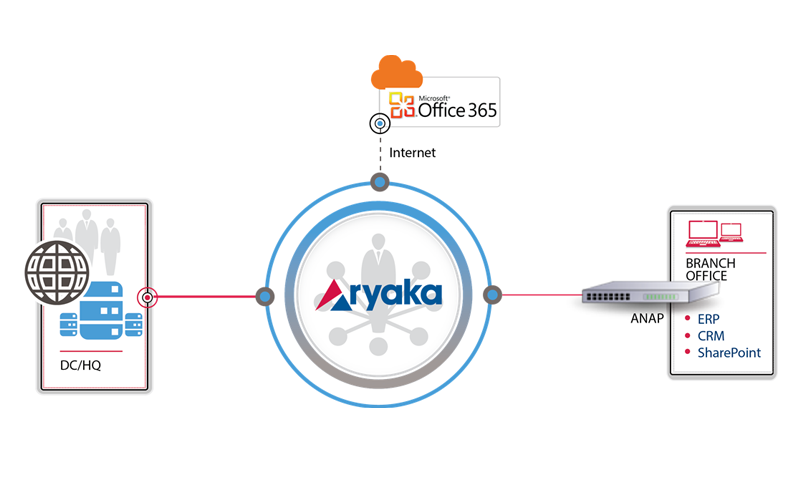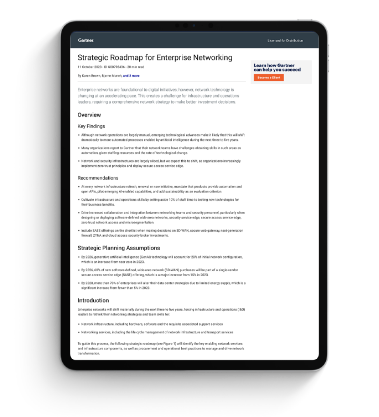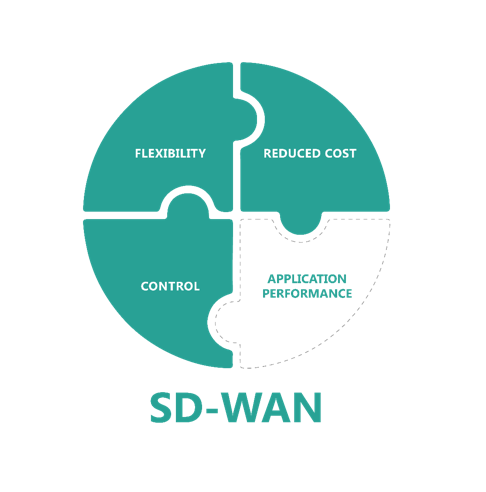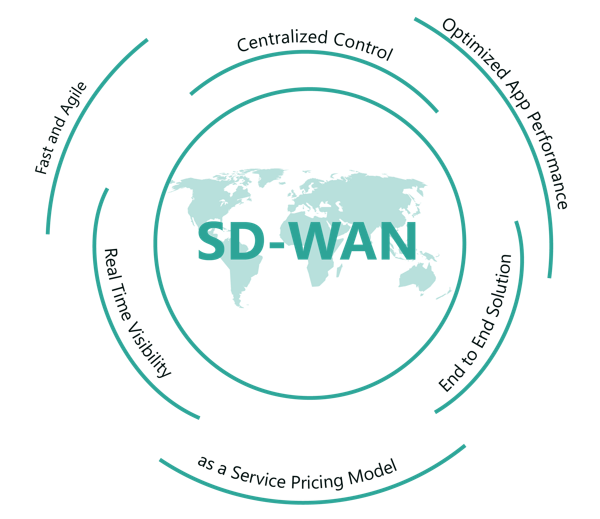Why deploying Office 365 and other cloud services globally could spark an end-user revolt
IT is embracing the cloud like never before. Why? Because the value is easy to quantify, and the ROI is compelling.
As more businesses shift to the cloud, major cloud providers are tripping over each other to try to woo customers through lower prices, more features, and even easier-to-use UIs.
Companies that delivered all of this from the get-go, such as Salesforce.com and Netflix, deserve their billions.
With those examples in mind, as Microsoft shifts its popular Office suite to the cloud, why would you hesitate to switch?
If you’re a global enterprise, the most compelling reason is that your users may well revolt.
Before I explain why, let me back up. Each week, I interact with CIOs, VPs of IT, Network Managers, and Infrastructure Architects, discussing the design of their WANs. These WANs are either evolving from traditional hub-and-spoke MPLS plus WAN optimization appliances or from an all IP VPN, loosely collaborative WAN.
There is one common theme across both these situations and that’s the integration of cloud services. Our prospects and customers are all using the cloud to some extent, and their usage is growing faster than most enterprises believe, since so much cloud adoption happens outside of IT’s control (or even knowledge).
From using small SaaS providers to moving their entire data center infrastructure to a private cloud, we at Aryaka, however, see it all.

When cloud adoption goes through IT, the process is understood: IT manages the transition, works out the ROI, and tests a cloud service or two with a subset of users, who are usually resident in the headquarters or corporate office. Trials are successful and contracts are signed.
Then, as the cloud application spreads to global users, serious issues start to pop up, and end-user productivity falls off the map. Users in distant regions like Asia-Pacific, Australia, India, China, Brazil, and South Africa are not as well-connected as users in North America, Europe, Korea, Japan, and other highly connected regions.
The users in less-connected regions often find it hard to rely on cloud-based applications and struggle to be as productive as they were prior to the switch.
The reason? The cloud as we know it is not truly global. For most enterprise applications, customer data is still resident in one region, datacenter, or instance. And that ‘instance’ still has all the connectivity and performance issues you would see on an on-premise application.
But most IT executives don’t predict that when they transform their enterprise to be more open, more on-demand, and more cloud based.
Thus, all the reasons that vendors created WAN optimization as a market segment in the first place come rushing back – because the cloud as we know it was not architected to serve distant users.
Those distant users must rely on public networks to access these cloud services. Their traffic still goes through peering points, and they suffer from dropped packets, congestion, and an experience reminiscent of dial-up.
All of these problems mean that before you deploy Office 365, you must consider all of the performance impediments that your users will actually face.
If you rely on the WAN, you’ll need to find a way to deliver predictable, consistent performance, or your users will be unable to do their jobs, the help desk calls will skyrocket, and your CIO will think there’s an end-user revolt underway.
That’s one path you can follow as you roll out Office 365 – the path that forgets to consider distant users and the WAN.
Or you could go in a different direction: a direction that factors in the WAN early in the transition.
What our customers have found is that Aryaka is able to deliver a LAN-like experience for users a continent or even an ocean away. We have built the only global and private cloud overlay network that is within 1-5ms of most cloud service providers. Solving WAN issues from the start means that the integration and optimization of a cloud instance into your global WAN can easily be a part of your design instead of an afterthought.
When you switch to cloud-based Office 365, in order to deliver HQ-like performance to your distant users, all you have to do is use one (or more) Internet link(s) to get to one of our 25 points of presence worldwide. Then, we will take you across the long distance over a private and optimized network. It’s the best of both worlds: a transformed WAN combined with great performance no matter where your users might be.
With this strategy built into the design, cloud deployments will be a lot more successful on a global basis, your Office 365 users won’t see their productivity grind to a halt, and that end-user revolt will just be a theoretical risk that you solved long ago.
– Sonal

- Office 365 Slow Performance: Why Your Network is to Blame & How to Fix It?
- Five Key Considerations When Using SD-WAN to Accelerate Office 365
- Aryaka SD-WAN and Microsoft 365 Teams
- How SD-WAN Can Improve Office 365 Application Performance 20x
- How CIOs Solve Office 365 Performance Woes with a Global SD-WAN Service
- Salesforce Is Slow? — How You Can Solve IT!








